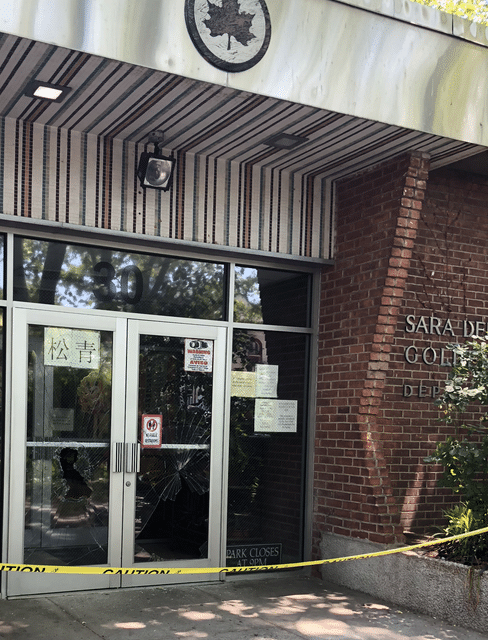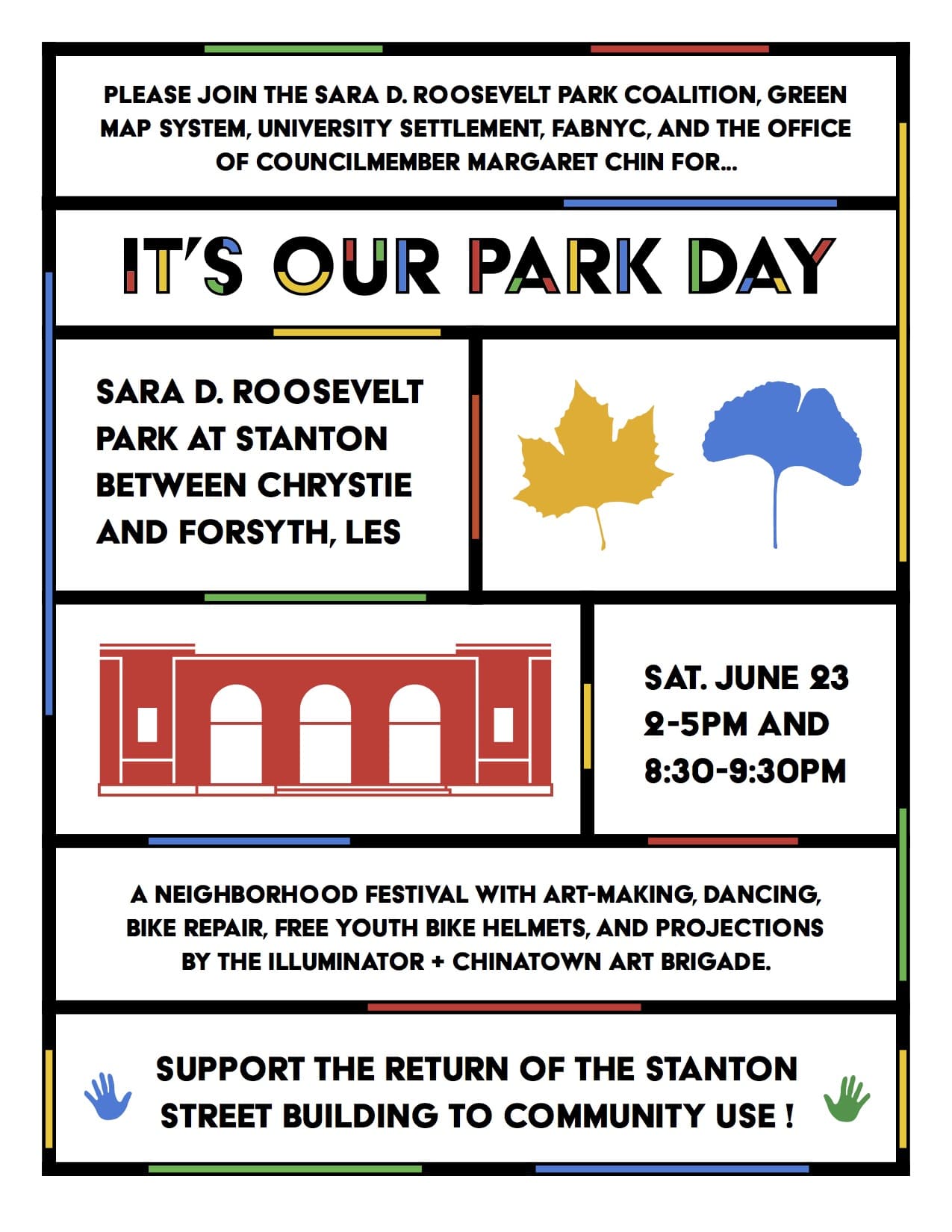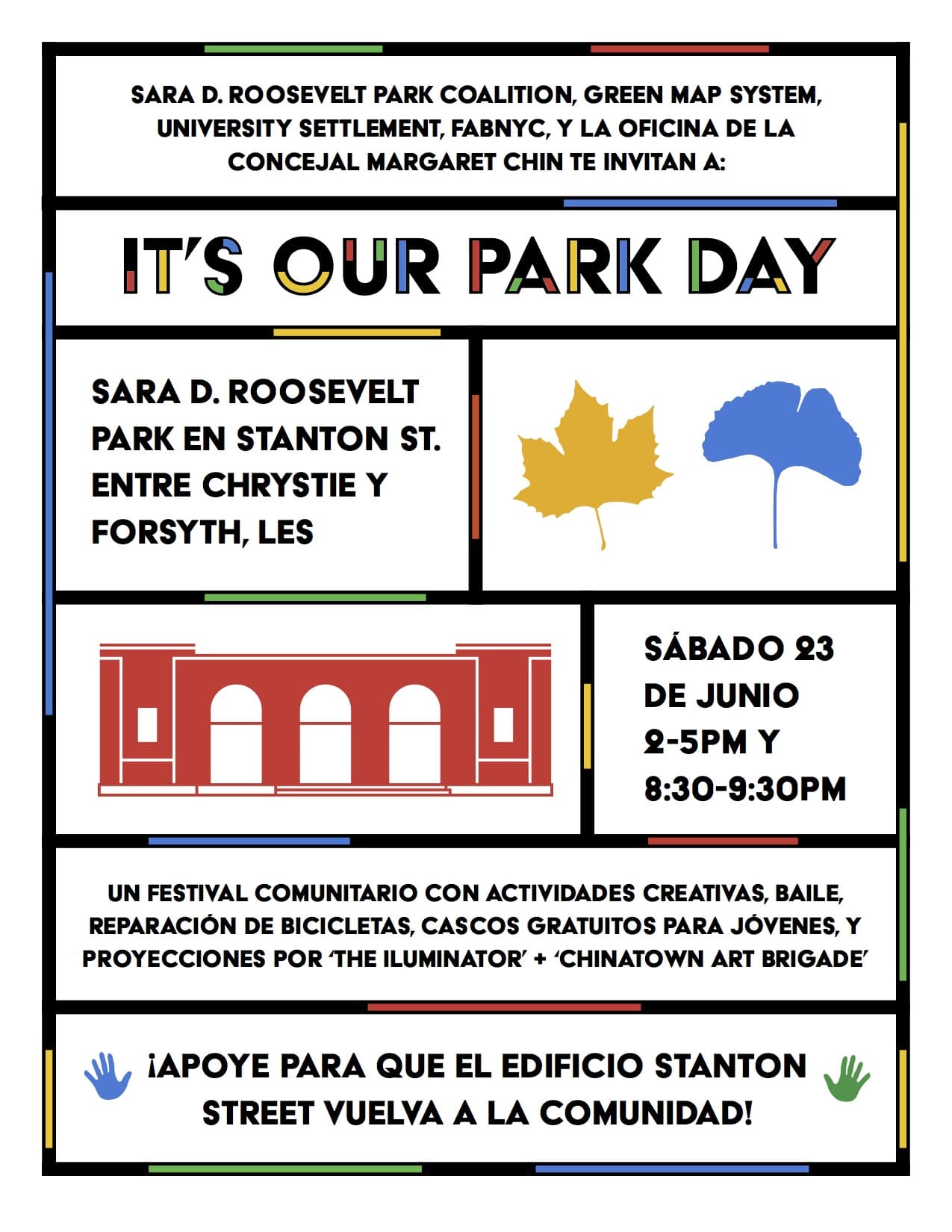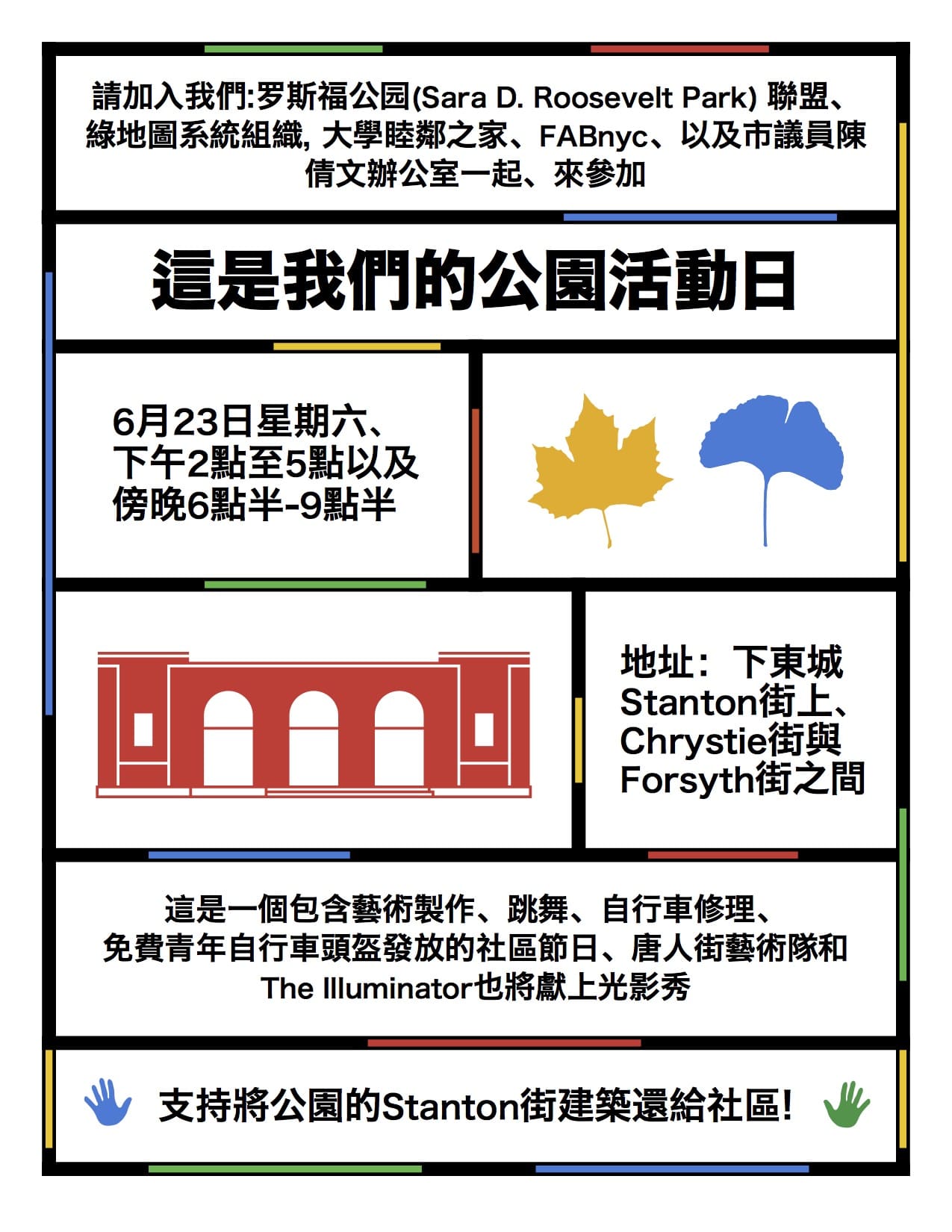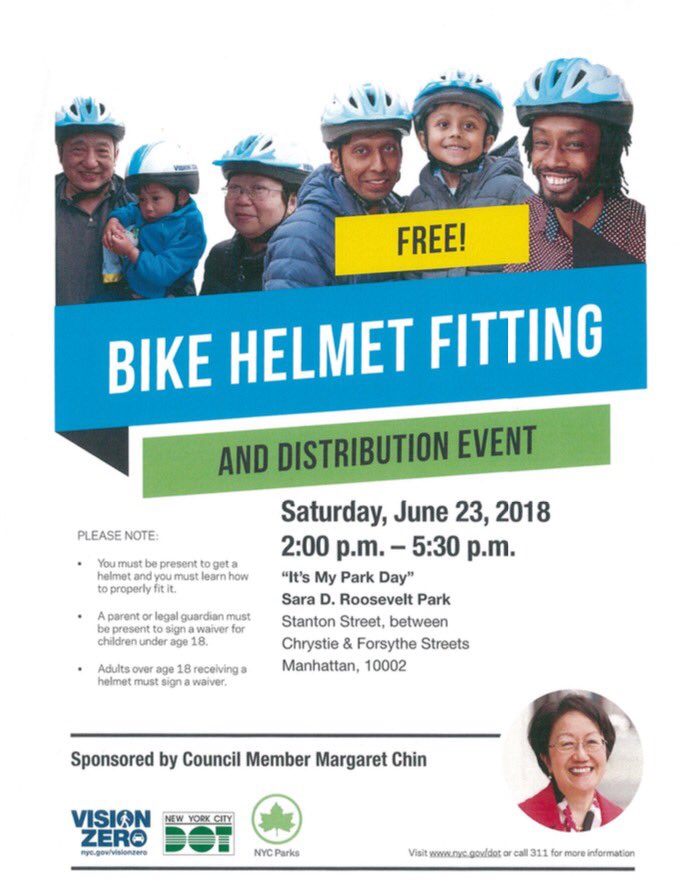From NY Commons Map of Public Buildings and Land
From NYCommons.org helps New Yorkers impact decisions about public land and buildings in their neighborhoods.
Why focus on our commons?
Vibrant public spaces strengthen communities and improve the quality of life in neighborhoods. They provide opportunities for learning, health and recreation, as well as connecting with friends and neighbors. But all too often, publicly owned spaces are sold or taken out of public control with very little meaningful public input. This website is part of a strategy for breaking this pattern and giving New York City residents a chance to have a say in the decisions that affect their communities.
Website here.
NY Post: Poor oversight on park renovations has cost taxpayers $5M
“The city Parks Department’s shoddy oversight over how private contractors handle department construction projects has cost taxpayers nearly $5 million, including nearly $800,000 at President Trump’s fancy golf course in The Bronx, city Comptroller Scott Stringer said.
“The weaknesses we found in [the department’s] controls over” construction managers “were evidenced by missing and incomplete construction records, flawed designs, delays in obtaining required permits, and instances in which coordination with other agencies and utilities was neglected or ineffective,” Stringer’s office said after conducting a two-year audit ending June 30, 2016.
“Given these deficiencies, [Parks] cannot consistently ensure that [construction managers] are fulfilling their contractual responsibilities to properly monitor construction contractors’ activities and communicate results to [the department]….”
“…The audit covered 69 projects, 27 of which were not completed on schedule.
The department said it “disagrees with the report and many of its findings and conclusions…”
For Comptroller Stringer’s Report here.
Perspective on Specialized Tests from the Valedictorian of Stuyvesant High School
From Craine’s NY:
Editor’s note: The text below is adapted from Wong’s valedictorian speech at Stuyvesant High School’s June 21 graduation ceremony.
Stuyvesant’s valedictorian: Find a way to diversify my school
In speech to class of 2018, its top student calls status quo “broken”
By Matteo Wong
Just as we will change the world, the world is changing Stuyvesant. As the dialogue surrounding Mayor Bill de Blasio’s proposed admissions overhaul grows increasingly labyrinthine, I want to reframe our thinking around a simple question: So what?
The problem: New York City’s best public high school is less than 4% black or Hispanic, demographics which compose nearly 70% of the city’s school-age population.
This debate revolves around two truths. One: These statistics are unacceptable. To accept them is to buy into a racist myth of black and Hispanic inferiority that has very real, physical and psychological repercussions. To accept these demographics is to make Stuyvesant a toxic environment for black and Hispanic students. The way forward is unclear, but the status quo is broken.
This is not a question of black and Hispanic youth not studying enough. Concentrated housing poverty, income disparities and other structural factors block many black and Hispanic students’ access to academic resources, and skew what the test is measuring toward more privileged populations.
Asian immigrants, in particular East and South Asians, do not face the same historical and contemporary obstacles. Although the “model minority” is a myth, it holds granules of truth: East and South Asians, for instance, are not nearly as heavily criminalized as their black counterparts, and enjoy higher median incomes.
That is not to pit black, brown and yellow communities against each other. The second truth is that changes to admissions policy are not a question, as schools Chancellor Carranza puts it, of Asians “owning” Stuyvesant. To the chancellor, I would first ask, “What is an Asian?”
To call 2,000 students “Asian” is disrespectful to the different immigrant generations, varying income brackets, 48 countries, and hundreds of cultures, languages and dialects under the Asian umbrella. It is precisely because Asian America is a complex political category, precisely because Asians do work to overcome significant obstacles and represent a diverse population, that our approach to specialized high school admissions matters.
And this is not a question of white folk being the enemy—Stuyvesant’s white community is not the aristocracy. They are largely immigrants, Eastern European, or Jewish.
Here is the “so what”: Regardless of background, our futures—our American success stories—are inextricably linked.
When Asian-Americans identify as hard-working evidence of the American Dream, it allows conservatives to paint government spending as unnecessary. That leads to attacks on black and Hispanic communities in the form of spending cuts, discriminatory housing and segregated schools that circle back to hurt Asian and poor white communities, too. Blaming Asians for becoming the junior partners of white supremacy pits minorities against each other, which makes it easier for racist elites to win elections and more difficult to form grassroots resistance. Entirely alienating white folk breeds resentment and eventually populism.
If education is central to the American vision, it must be unconditional. And creating unconditional access to education, for students of any background, will require uniting our competing truths.
There is an easy, rhetorically pleasing way to address Stuyvesant’s racial disparity: to say de Blasio’s proposal will fail, and that instead we must reform K-8 education. I agree. But we should not make the perfect the enemy of the good; we should not use this as an excuse, as is typical of Stuyvesant students, to procrastinate; should not cast aside pragmatic, short-term solutions—such as altering or eliminating the SHSAT [admissions exam]—in favor of utopian visions.
While I am grateful for my admission to Stuyvesant, having a single exam determine your educational future is absurd. If a student has a bad morning or doesn’t feel well, they could perform poorly despite being deserving. Standardized test scores have been correlated with genes regulating dopamine production, which determine how students handle stress. And the material on the exam is not taught in classrooms. The difference between a student scoring 560 and 559 is not so great as to warrant refusing admission, especially considering the exam has different versions with varying difficulties and is graded on a convoluted rubric.
Short-term improvements, such as the Discovery program (preparing students who scored just below the cutoff) and the DREAM programs (reaching out to disadvantaged communities with test prep), or even requiring all middle schoolers to take the exam, are essential, piecemeal reforms as we strive to eliminate all race- and class-based inequalities.
Our student body blows me away. But I also believe the same caliber students can be found elsewhere, if we would only look through a different lens.
It’s easy to think that, because we are leaving Stuyvesant behind, the question of admissions is irrelevant to our lives. But Stuyvesant does not exist in a vacuum.
Remedying racial disparities at Stuyvesant will require answering fundamental questions, which will implicate the rest of our lives. How do we measure diversity? How do we weigh equality and equity? Is Stuyvesant’s purpose to provide the best education for a narrowly determined academic elite, or to provide an elite education for a more heterogeneous swath of New Yorkers? Where are the best places to allocate resources for marginalized groups? One speech, survey, or policy cannot provide the answers. We must continue prodding.
Matteo Wong was valedictorian of Stuyvesant High School’s class of 2018. He lives in Brooklyn.
Parks Audit by NYC Comptroller Stringer
From Craine’s NY
“Many Department of Parks and Recreation construction projects run behind schedule and over budget, according to a recent audit from city Comptroller Scott Stringer.
The audit looked at 69 capital projects worth $317 million during fiscal years 2014 and 2015, including a pool, a bikeway and even the Trump golf course in the Bronx, and found that nearly 40% were behind schedule. The delays added $5 million to the total cost, which the audit noted was 35% more than the budgeted management fees.
The trouble stems from the department’s inadequate oversight of the private construction management firms that undertake the public works projects, according to the audit, which issued a number of recommendations to improve the process. “
VOTE. TODAY JUNE 26th 2018
From the Lo-Down:
Follow link above to the article to find out who is running.
And use the link to find your voting place.
And here are flowers in thanks!
Parks Enforcement Police (PEP) Captain Sanchez reassigned from Sara Roosevelt Park
Dear Captain Sanchez:
We can’t convey how sorry we are to hear this.
Thank you for your service.
It takes a while and it takes experience to get to know a community and to be trusted by it – we are not always the easiest place to work.
We’ve seen your caring for this place and for our community far beyond the job ‘requirement’.
In these times of so much targeting of the most helpless – you seemed to be able to remain human, yet intelligently firm, in the role.
We hope whoever replaces you can fill your shoes. It will be a tall order for them.
Please stay in touch.
And please accept these ‘flowers’ on behalf of our amazing Park that you have worked hard to protect all these years.
Again, our thanks.
– The Sara Roosevelt Park Community Coalition
Rescheduled: “Its My Park Day” for Saturday, September 8th 2018
Dear Neighbors and Friends –
Tomorrow’s predicted rain showers have convinced us that we need to reschedule ‘It’s Our Park Day” for a time when it can really be the community event we all want to see happen. After comparing schedules with our partners, it became clear that the best plan was to re-organize for Saturday, September 8th.
In the meantime, we will continue to support residents in their efforts to address multiple issues in SDR park and, most particularly, advocate for the re-opening of the Stanton building for community programs. Transforming the boarded up building into an active, engaging space is critical to making the surrounding park space a healthy, supportive and welcoming environment for all.
More to come!
for Sara D Roosevelt Park Coalition, University Settlement, Green May Systems, and Fourth Arts Block (FABnyc).
on the plus side…the flowers could use the rain…
RESCHEDULED: Now Sept 8th 2018 “Its Our Park Day” at Stanton in Sara Roosevelt Park
Dear Neighbors and Friends:
Tomorrow’s predicted rain showers have convinced us that we need to reschedule ‘It’s Our Park Day” for a time when it can really be the community event we all want to see happen. After comparing schedules with our partners, it became clear that the best plan was to re-organize for Saturday, September 8th.
In the meantime, we will continue to support residents in their efforts to address multiple issues in SDR park and, most particularly, advocate for the re-opening of the Stanton building for community programs. Transforming the boarded up building into an active, engaging space is critical to making the surrounding park space a healthy, supportive and welcoming environment for all.
More to come!
for Sara D Roosevelt Park Coalition, University Settlement, Green May Systems, and Fourth Arts Block (FABnyc).



